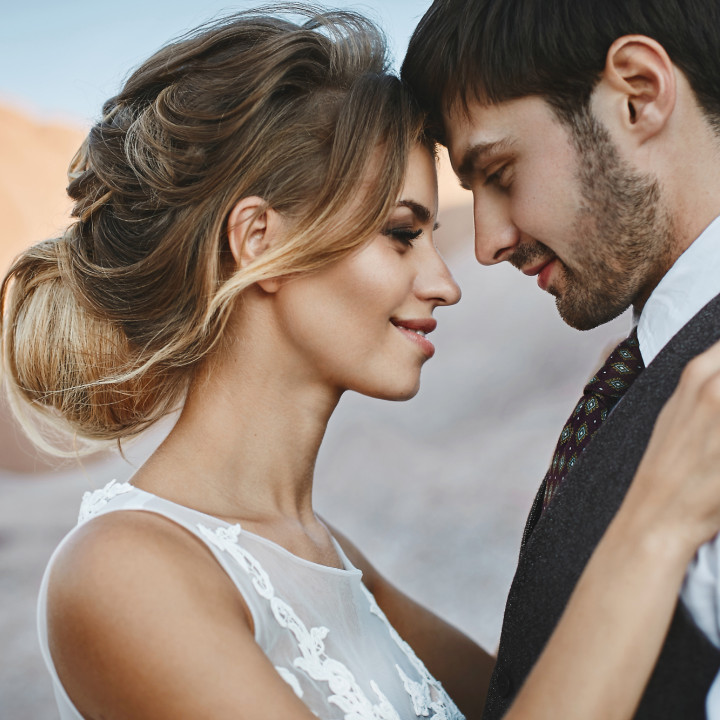
What can you expect your makeup artist salary to be? Discover how much you can make with your freelance makeup artist jobs and how to boost your salary!

What can you expect your makeup artist salary to be? Discover how much you can make with your freelance makeup artist jobs and how to boost your salary!

Do you want to expand your makeup clientele and propel your business forward? No matter what area you work in, here are three sure-fire tricks that will put you leagues ahead of your competition.
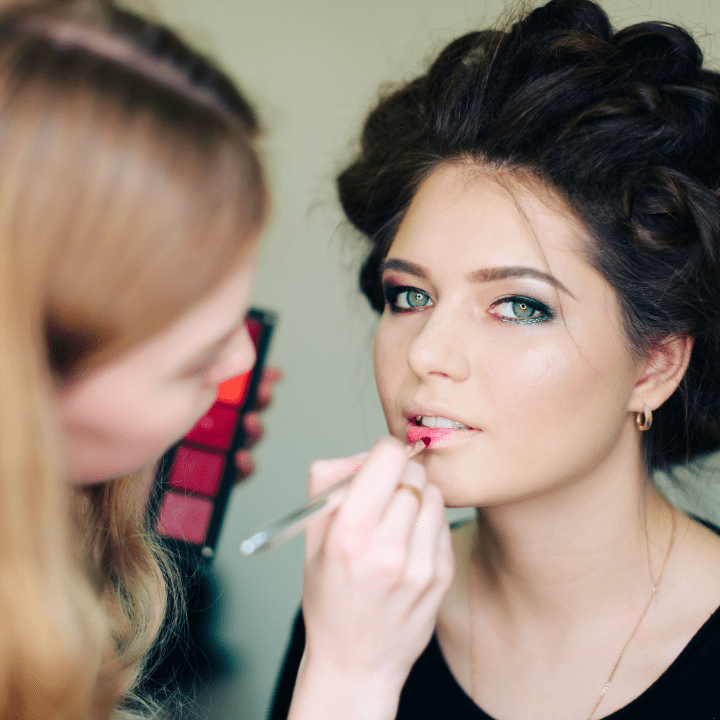
Celebrity makeup artist & QC Makeup Academy tutor, Nathan Johnson, helps you choose the perfect makeup artist classes that’ll land you your dream job!
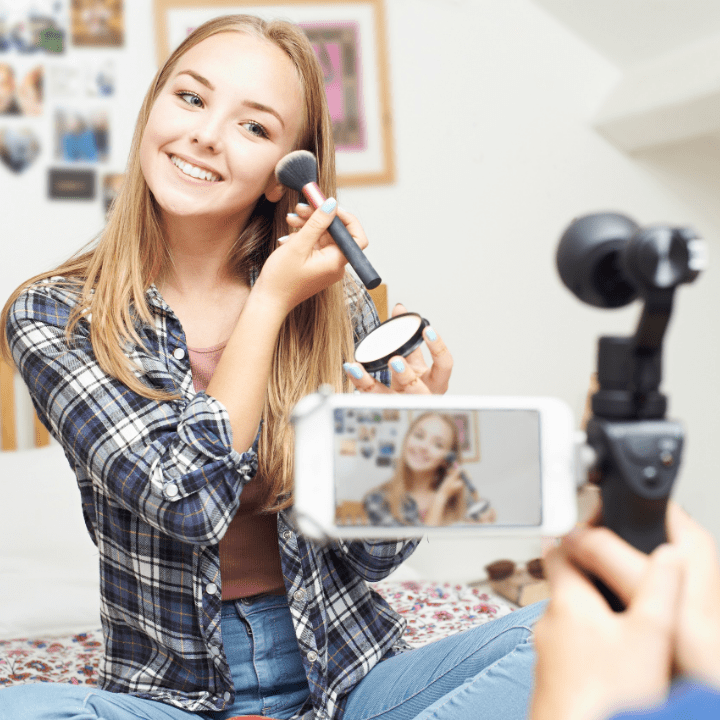
In this digital age, many makeup artists are starting to find their inspiration (and education!) on social media. Unfortunately, this increased pressure of following trends online has created unrealistic expectations about what a professional makeup artist actually does.
Online influencers are often untrained and have no education on classic makeup techniques. Instead, they rely on copying others who’ve paved the road before them. Here are three unexpected reasons to not get caught in the influencer trap.
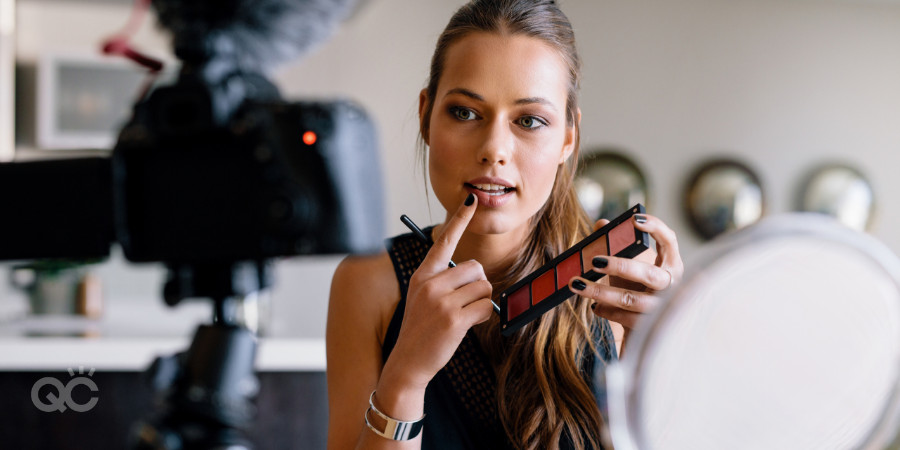
Because social media does not often teach proper techniques, those claiming to be experts usually only know what they have learned from other influencers. Almost everyone ends up doing minor variations of exactly the same, and often overly dramatic, look. This turns learning makeup into a paint-by-numbers game, which makes learning makeup easy but destroys artistic creativity. Makeup artists who fall into this trap can easily be turned into knock-off artists who only recreate versions of the makeup they have memorized.
Current social trends encourage makeup artists to create overly dramatic eyebrows, aggressive foundation, wide crease shades, and overly dramatic cat eyes. And as trends go, these will eventually fade away and be replaced with new ones.
As much as influencers might lead you to believe it, the makeup they demonstrate is not reflective of current trends in the makeup industry. Their style of makeup is not done regularly in the real world. The end result of learning from influencers is that you’ll have a set of specific techniques that may not help you book real clients.
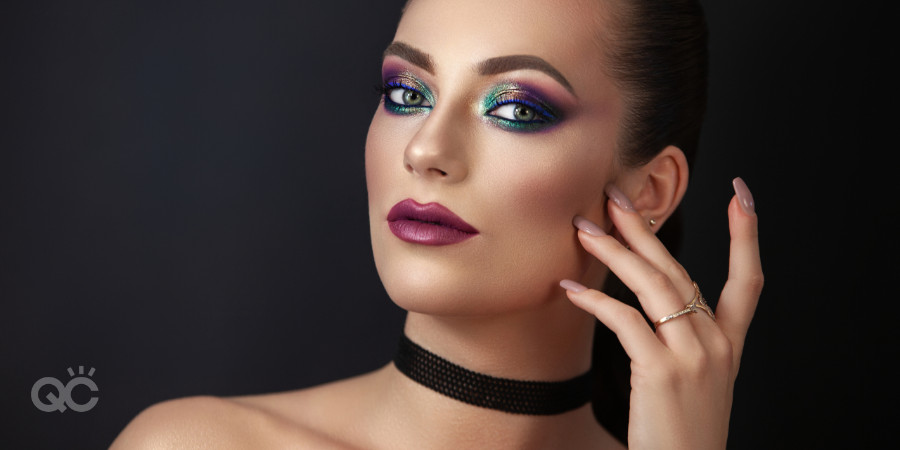
And it makes sense. Influencers are paid-per-view, so they need to create content that pops and attracts attention. Because social media is a visual medium, real makeup techniques will not attract the same viewership as those that are more vivid and outrageous. But, again, these exaggerated looks are seldom done in the real world.
There is a surprisingly simple solution to escaping the influencer trap. Instead of immersing yourself in the unreal and unrealistic world of makeup, follow the people and events that influencers themselves are copying. This will not only put you ahead of the curve, but it will teach you how techniques and trends are actually being done in the real world.
Don’t spend hours trying to mimic influencers as you copy their color-by-numbers videos. Instead, use your catalog of techniques and learn how to reverse engineer the looks of the original trendsetting artists. This will inspire your creativity and arm you to work at a higher level.
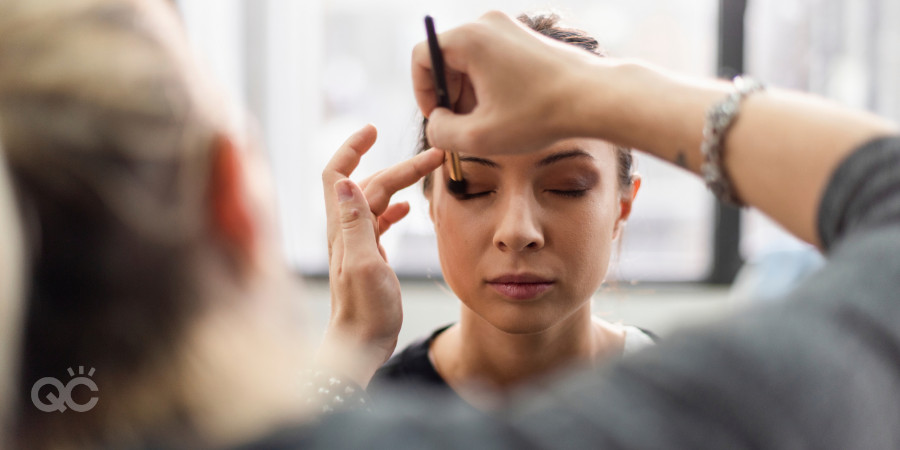
Some great artists to follow are Kevin James Bennett, Quinn Murphy, Chris Milone, James Vincent, Janell Geason, Stephen Moleski, Pat McGrath, Kristofer Buckle, Orlando Santiago, Billy B., Beau Nelson, and Bobbi Brown.
You can also research makeup agencies and follow their represented artists (not their influencers). This will open you up to a whole other side of the makeup industry—and it’s the side where you can earn a spectacular living.
I’m not suggesting social media is all bad, but as a professional makeup artist, it is important you see it for what it is—entertainment and not education.
So keep challenging yourself to create and work at a higher level. Be the trendsetter, not the follower.
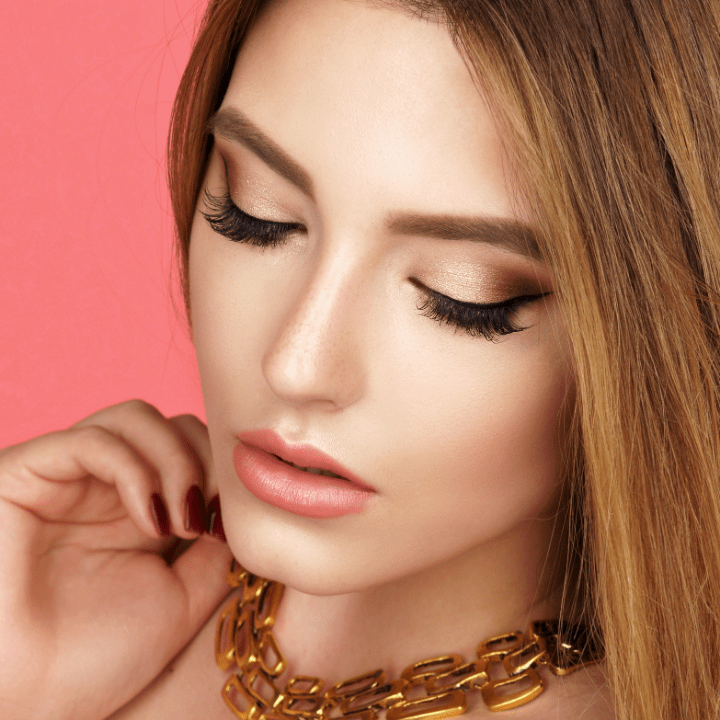
Celebrity makeup artist and QC’s executive instructor Nathan Johnson gives you a rundown on all the updates we’ve made to the Master Makeup Artistry course!
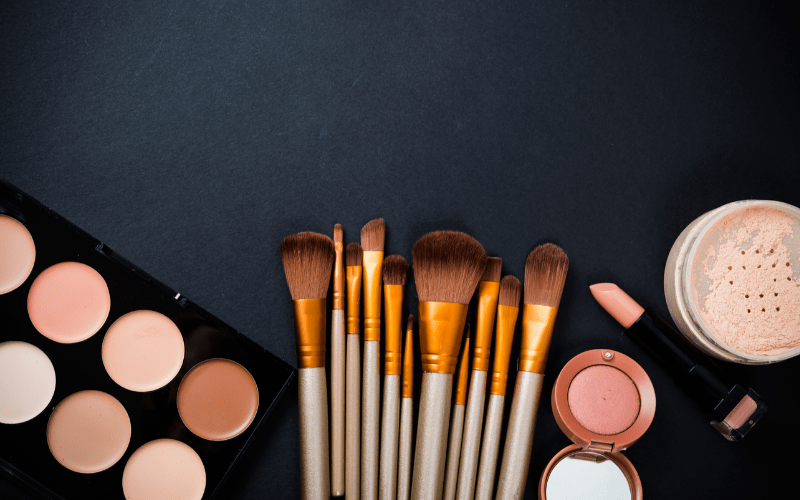
What are your resolutions for 2019? If it’s to increase your clientele and grow your business, then you’ll want to make sure you’re not committing any deadly offenses as a makeup artist.
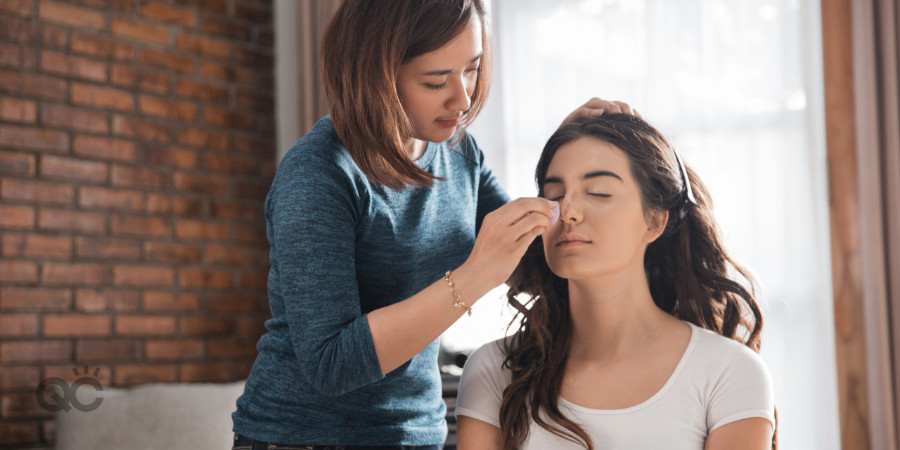
Powder puffs, mascara wands, cosmetic wedges, lip gloss wands, and all other disposables are one-time use only. You can, however, use these products several times in the same sitting. But only on the same client, and only if you are refilling them with product in a hygienic manner (see Deadly Offense #2).
The only disposable item that can never be refilled is the mascara spoolie. Once you use it on your client’s eye, it can never go back in the tube. So get enough the first time or toss it and grab another.
Cream and liquid products can harbor bacteria and become breeding grounds for infections if you do not follow sanitary practices. All cream and liquid products must be removed from their containers and put on a sanitized palette. You should never take it directly from the tube or canister with a brush or sponge.
The biggest offenders in this category usually happen with mascara and gel liners. Because these are products that are used on and around the eye, you have to be particularly careful. As great as that mascara wand may be, you can only use a disposable and it can only be dipped in once!
Because the makeup pencils used around the eyes and lips have a wax- (or similar) base, they should be treated as liquid and cream products. A pencil does not have to be a one-time use product if it is sanitized correctly. You should sharpen the pencil immediately before and after using it on each client, and also wipe the tip with an alcohol wipe. The tip filled with any bacteria or viruses will be shaved off and disposed of, and the wipe will take care of any missed spots leftover. This cleaning habit will give your pencils a long life and keep your clients safe.
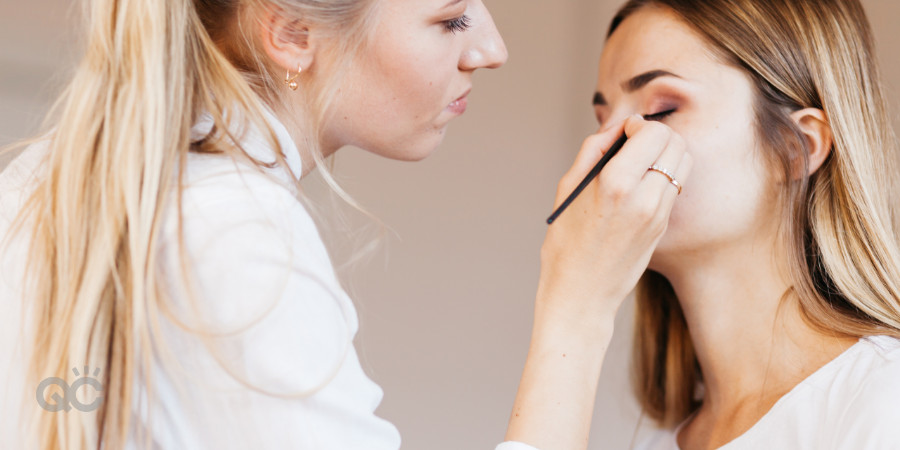
A damp cotton bud is one of the best ways to clean up an imprecise lip or adjust a mascara/ eyeliner flub. But definitely, don’t stick it in your mouth! Keeping a little spray bottle of water nearby will be hygienic and keep your client from throwing up.
This is a shockingly common practice and one that must come to a stop. Blowing on a brush will remove excess product, but it will also blow a mouthful of bacteria and germs into the brush you are about to use on your client’s face. The professional way to remove extra powder is to either tap the bottom of the ferrule onto a table or on the edge of your hand.
This is the worst possible variation of Deadly Offense #5. And it is horrid for all the same and MORE reasons. If you have an excess product on a client, use a tissue, a clean fluffy brush, a powder puff, or even a sanitized finger to brush it away.
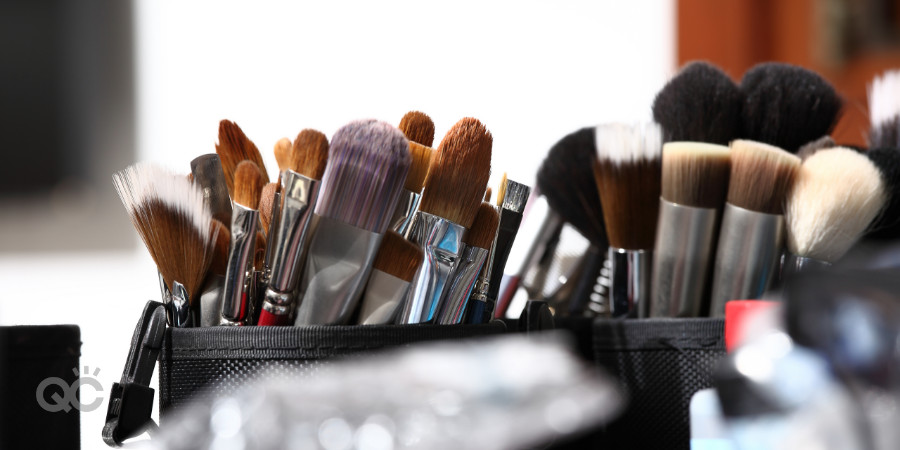
Outdated products do not work as effectively as fresh products and worse, they can be breeding grounds for bacteria and viruses. Toss them.
If a brush touches a client, it must be properly sanitized before it can come into contact with anyone else. Oils from the skin can harbor dirt and bacteria that are harmless to the person they are on, but they can cause breakouts to someone else. When you finish with one client, thoroughly sanitize the brush before using it again. The same rule applies if the brush falls on the floor.
And, it should go without saying, but ALWAYS wash your hands and use hand sanitizer.
If you’re guilty of any of the above offenses, have no fear. It’s never too late to make positive changes when it comes to health and safety. When it comes to being a professional, we are only as good as our habits.
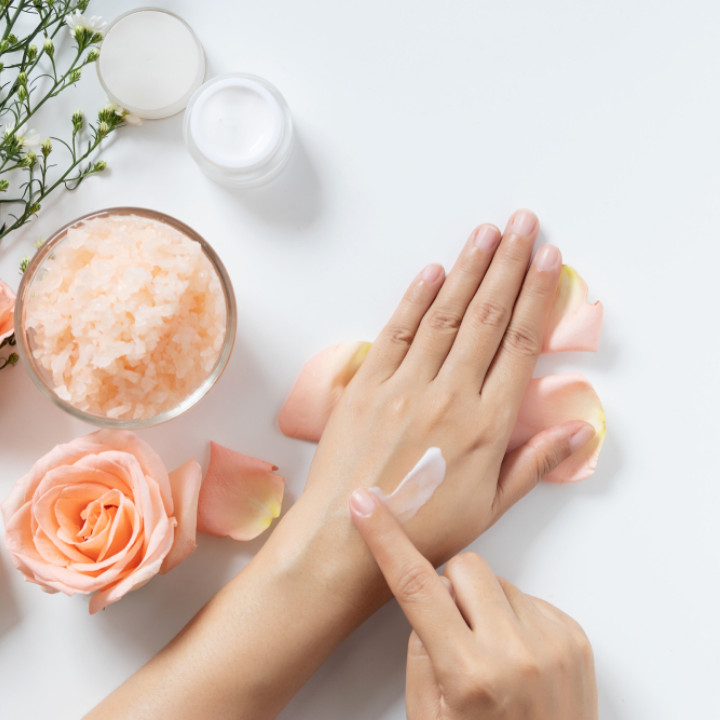
Celebrity makeup artist Nathan Johnson walks us through the various skincare career paths in the beauty industry. Find the best fit for your passion!
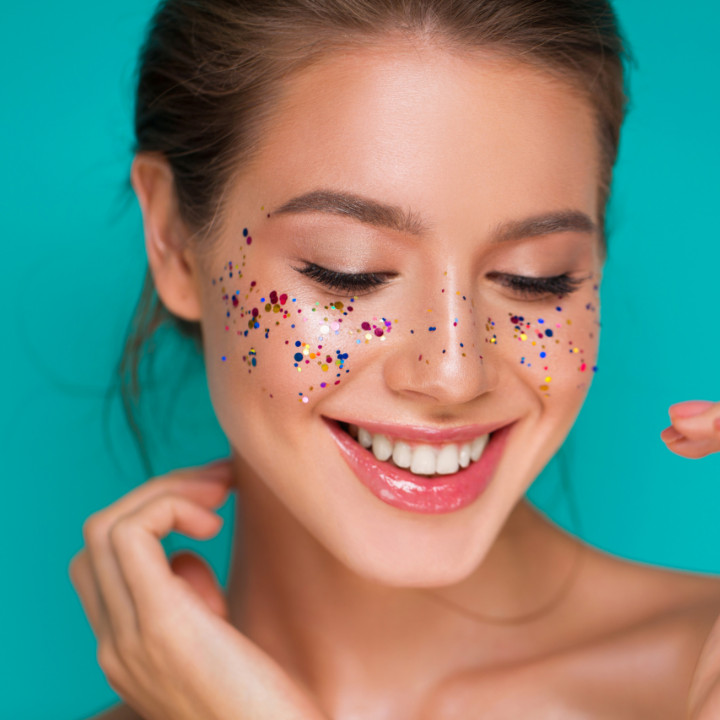
New year, new career resolutions! Find out what resolutions Nathan recommends making for a fulfilling and successful 2019!
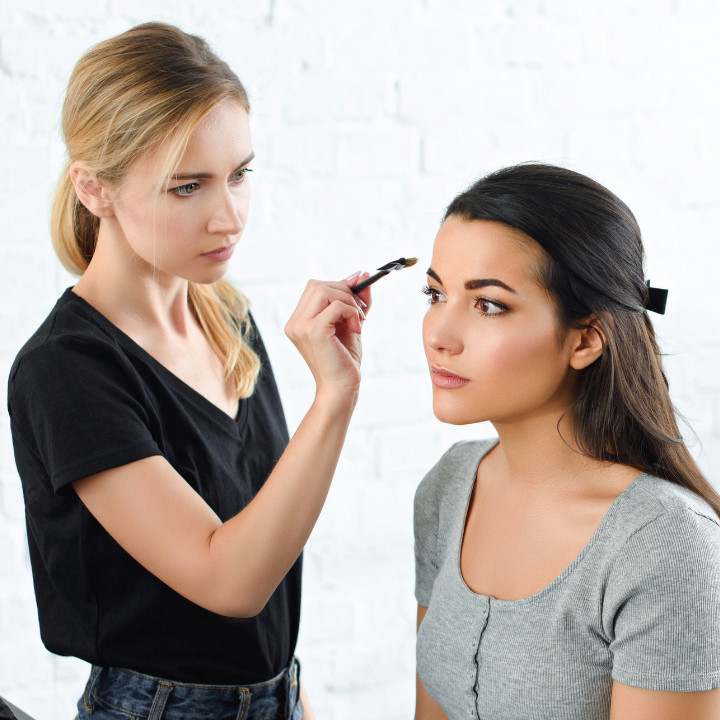
Celebrity makeup artist Nathan Johnson sheds some light on what a self-taught makeup artist really is!
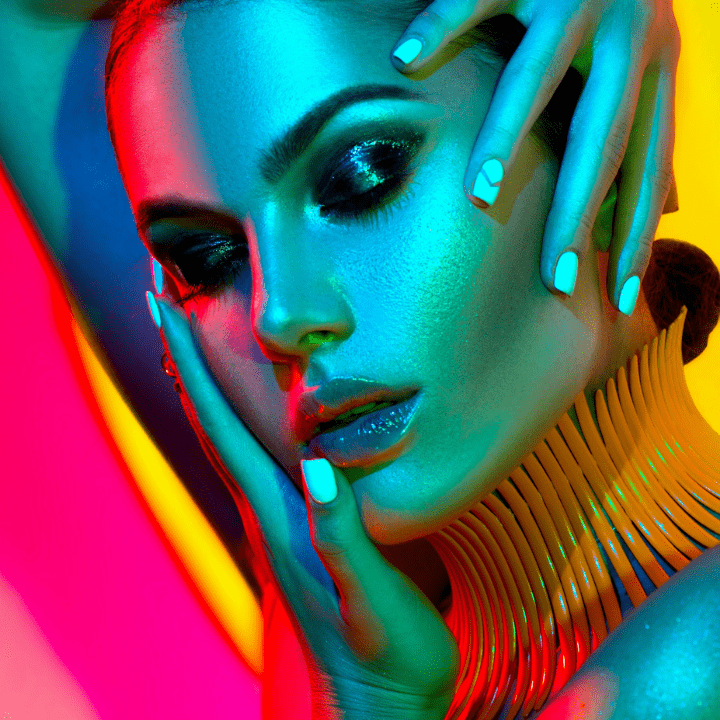
Celebrity makeup artist, Nathan Johnson, shares some of his beauty secrets! Check out this article for tips on doing eyebrows, acne coverage, dark circles, and more!